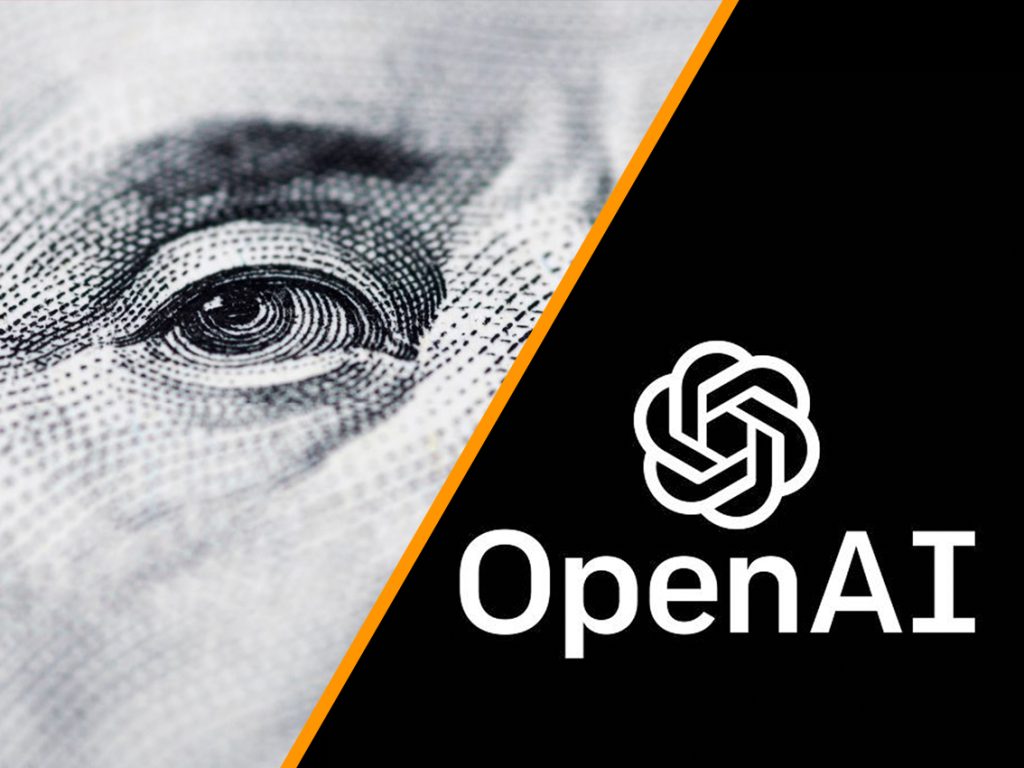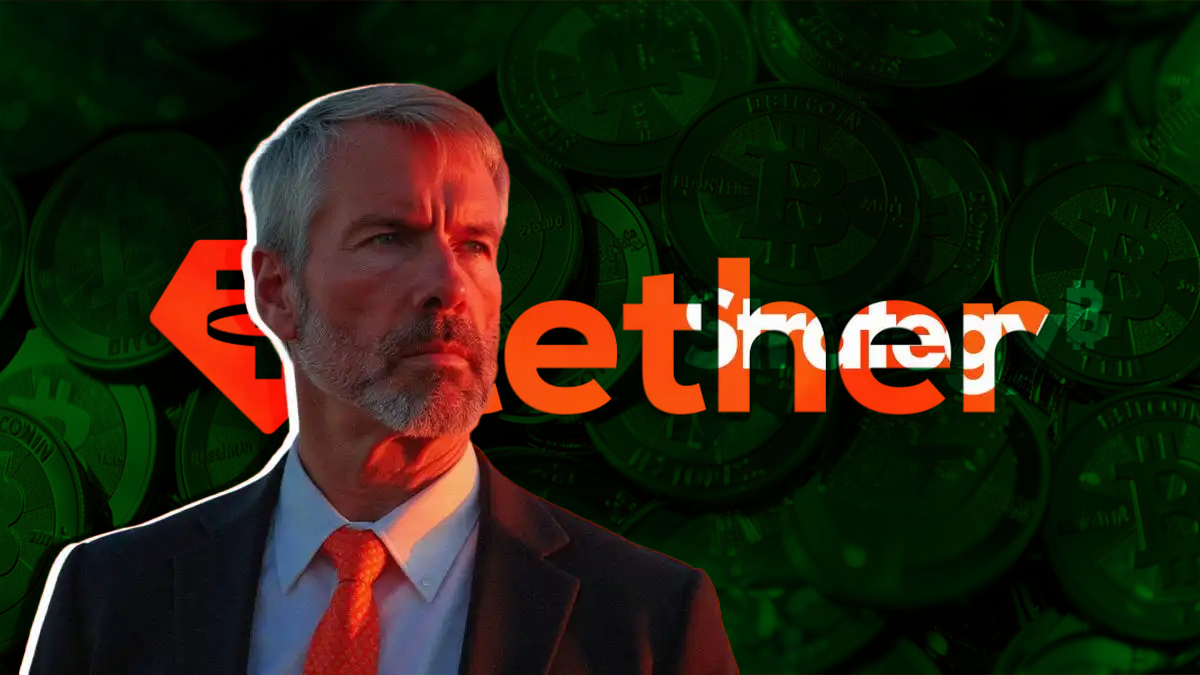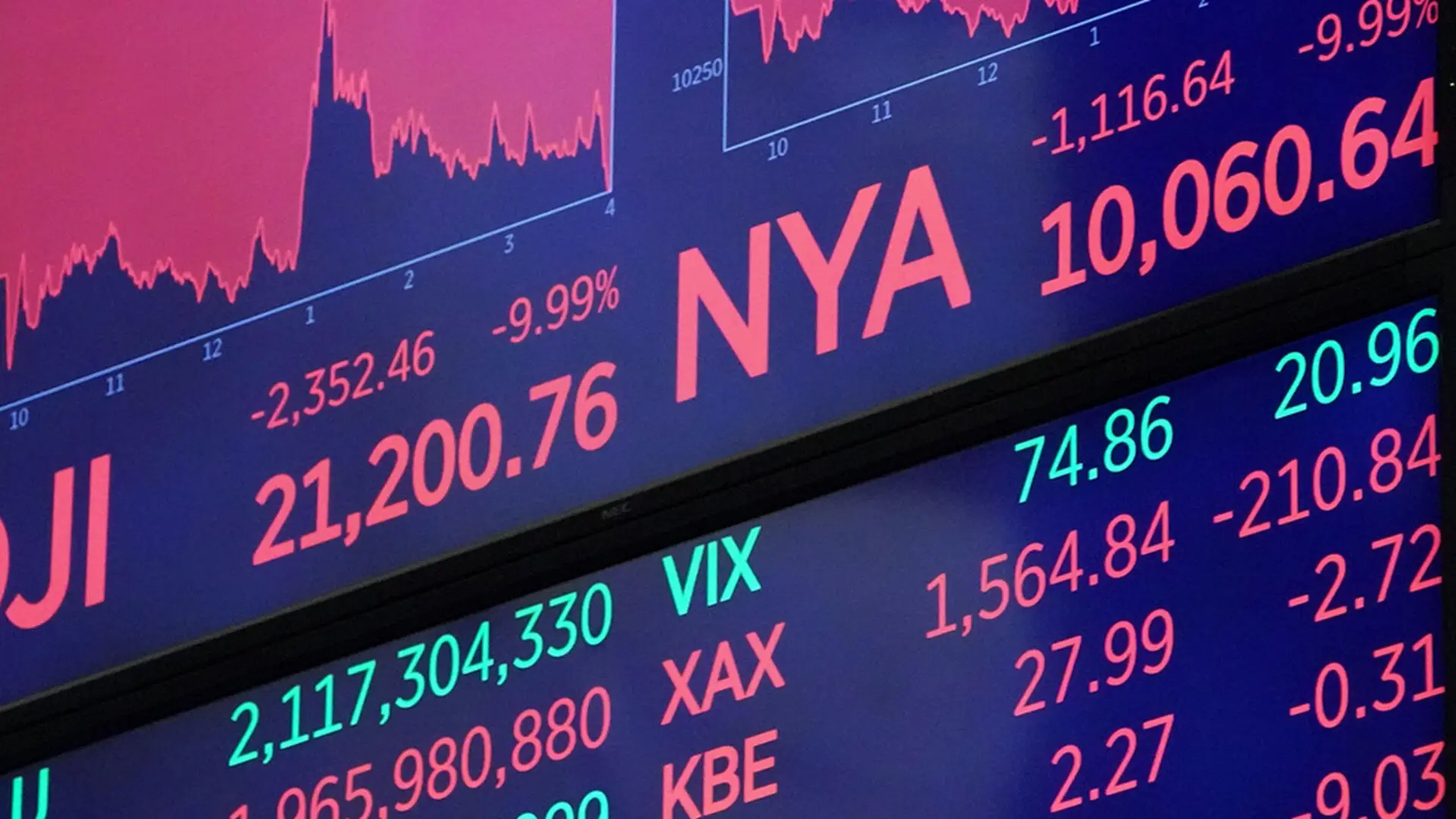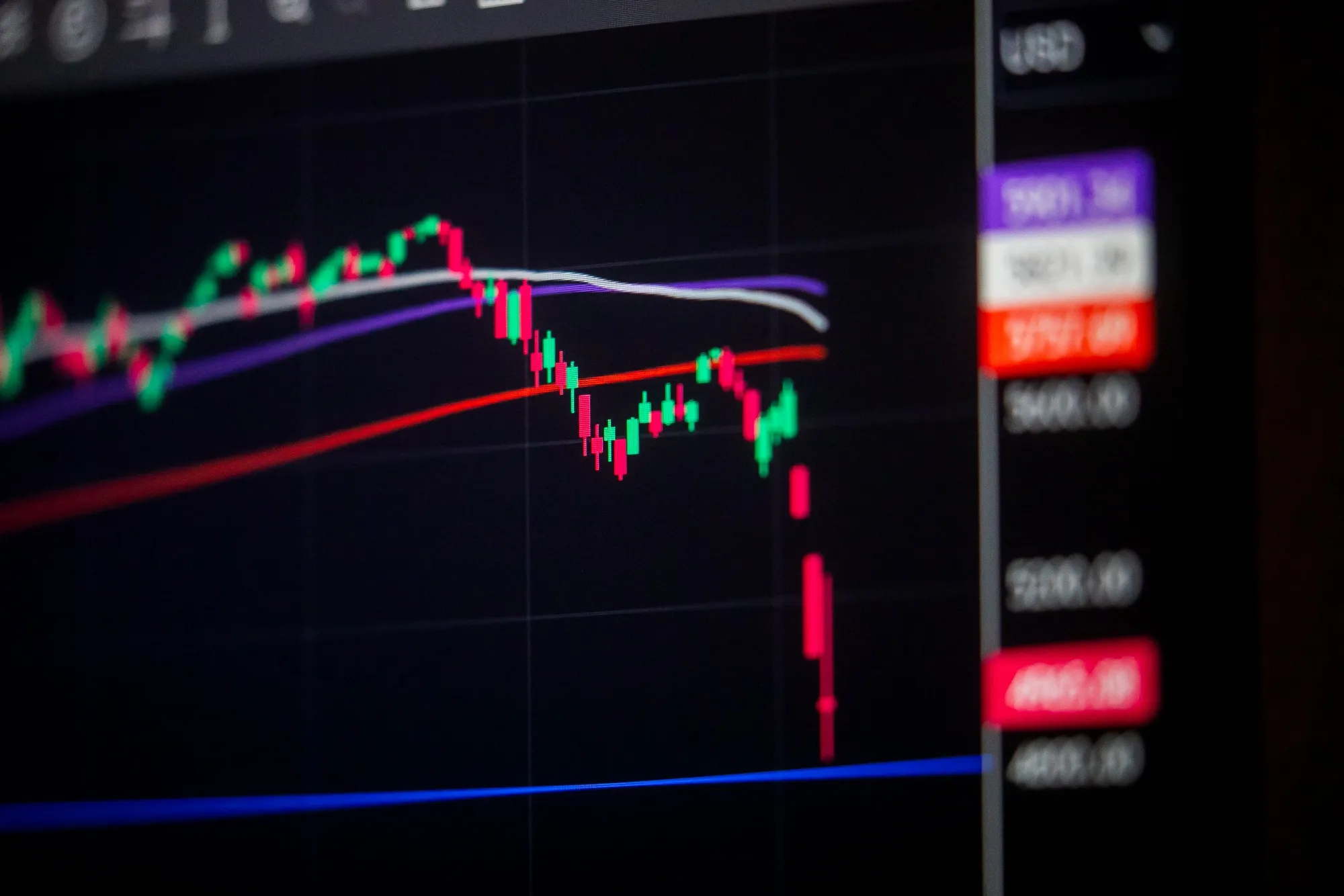
This article might sound a little bit disarrayed, but bear with me and read to the end, I assure you every piece will fall into its place.
The fall of Silicon Valley Bank and Signature Bank in the US was not unexpected considering the bank regulation in the US, which oblige them to hold treasury bills as collateral. However, if these banks were not falling asleep at the wheel, they would be aware they should hedge themselves against rising interest rates, or consider offering more interest on bank deposits to slow the withdrawal rate, which would actually work for them considering that they would be able to pay their costumer’s with maturing bonds.
After this fiasco, the FDIC, a private insurance company, will pay depositors who have accounts in these banks, which means compensation for unrealized losses of bond holdings of these institutes. The handout is not limited to FDIC and the Department of Treasury (using BTFP) is stepping in with 25B$ by tapping into the Exchange Stabilization Fund, the FX reserve of the US, Lowering it to 35B$. This is not a surprise since the FDIC’s capability to repay bank depositors are limited and if the bank run continues, someone, likely the Fed, will have to bail out the FDIC itself.
The point is this is not 2008 when the banks had not enough reserves to pay the customers, now they sure do have it, but it is illiquid.
The 2-year Treasury fell by 1.2% just in a few days, which means the market expects the Fed to cut rates. This is typical of the market screaming for lowering the financial pain, as a patient would scream for anesthetic during a teeth removal operation. However, it would be good to know if a patient has developed a habit of abusing drugs before the operation. If you compare the DXY with MOVE index, the bizarre Upward trend in the MOVE index is not followed by DXY, indicating that the volatility is not caused by a shortage of world reserve currency, but was a message from the US market to the Fed that if you do not lower the rate, you have to pay for the banks’ unrealized losses caused by the devaluation of USTs. For sure, the pain is real, but as long as inflation is elevated, cutting the rate is not an option.
Tapping into the FX reserve of the US simply means that if foreigners are not willing to buy USD or UST to fund the US Government spending and provide liquidity for the treasury market, the Fed and treasury will do it with their FX reserve, something that we call it reverse swap-line. This can lead to a higher DXY in short term, but in the long term will cause a more dysfunctional UST market. With the injection of these reserves into the global FX market, foreigners’ purchasing power in USD fells, and it eventually will lead to the evaporation of foreigners’ bids for UST.
The current monetary system is based on an unstable model of borrowing from future generations to fund the current Government operations, which means someone in the future has to work and pay taxes to repay the debt. However, the data shows that most of the things that past generations could afford with a decent job such as a house or cars are not affordable anymore, and this is changing the demographics across the world since having children is getting unaffordable too.
And now, enters the AI (Chat-GPT). No question, there will be a massacre in the job market. Some might argue that it is like industrialization, and that is true. The role of workers will change and we will experience a boom in productivity. However, it is not aimed at the unskilled workers who cut trees with axes which were replaced with machine saws, and then had to move and work in an office. it is rather aimed at office workers and high-tier jobs like software developers, engineers, and doctors.
So the main question is with less work to do and with fewer young people to work, accompanied by higher spending on Healthcare and pensions as a result of the aging demographic, how Governments will afford to collect taxes and pay their debts? The answer is they can’t, and the foreign UST buyers are waking to the reality that they will be paid with freshly printed USD rather than taxed USD. For sure, they gonna print as much as the US prints, but they gonna use their USD reserves to prop up their economy as much as they can which will increase the pressure on the US printing press.
To sum up, this is the start of a new era in which the debt-to-GDP ratio is not going to get down by spending less and paying the debt with taxed money, but by printing more and creating an illusion of growing GDP. This is the era in which the first mandate of central bankers, in particular the Fed, will be keeping the governments funded. If they raise the rate, it would significantly slow the growth and if they tighten the money supply, it will cause more dysfunction in markets.
The solution to this problem is three-fold. First, they need to provide guidance for commercial banks and force them to pay more interest on deposits. Second, they have to stop bailing everybody out and accept the fact that you cannot save everyone, especially those who blindly gamble. And third, they need to stop over-spending and pay the debt off because, clearly, the future generation has spoken, and they are not going to pay back.
Bonus: The demise is not going to happen overnight or over a year. It will be gradual, and if policymakers manage the debt/spending issue carefully, they can curb the damage.





